KS3 Connecting Science and Ecology
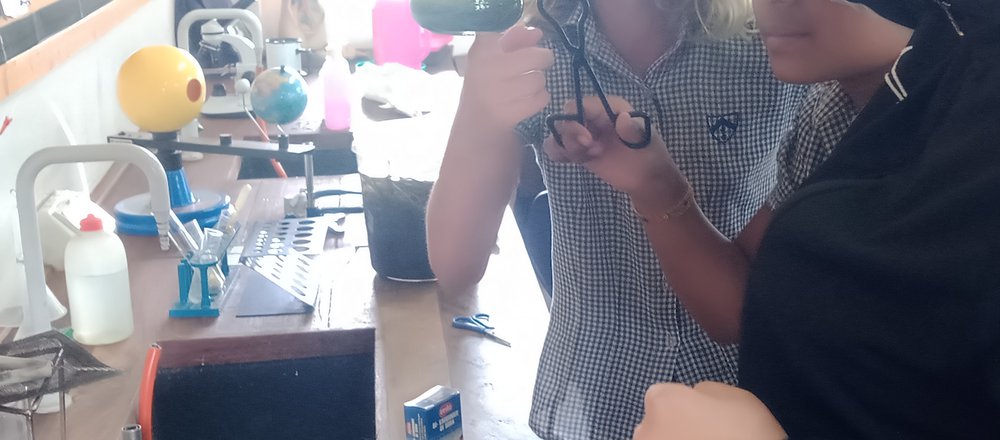
24th November 2023
This week the KS3 children had an engaging and hands-on exploration of photosynthesis and cellular respiration, connecting these concepts to ecological relationships. Here are some insights.
Photosynthesis Experiment:
We investigated the effect of carbon dioxide levels on the rate of photosynthesis. The use of sodium bicarbonate to enhance carbon dioxide levels is a common and effective method in experiments.
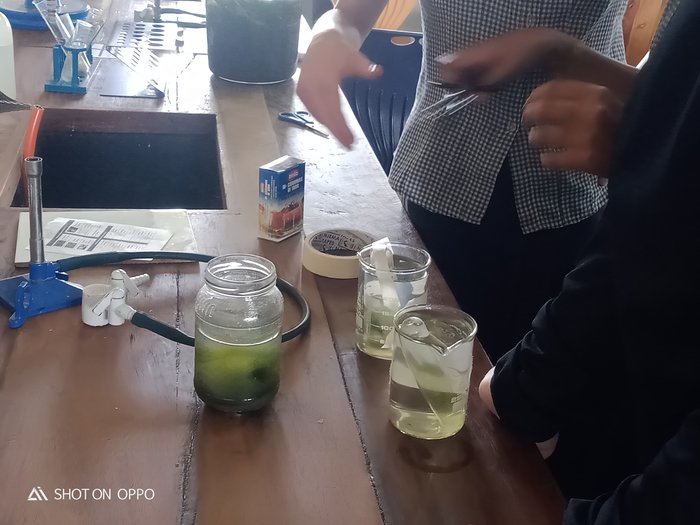
Collecting the gas (oxygen) produced in inverted test tubes helped to measure the rate of photosynthesis. The fact that the set with more CO2 produced more oxygen aligns with the expectation, as carbon dioxide is one of the essential reactants in photosynthesis.
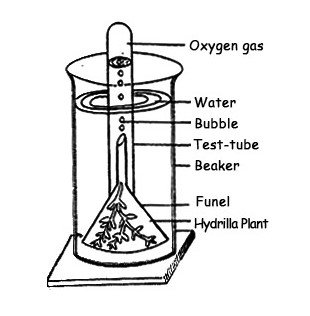
Cellular Respiration Experiment:
The use of a plastic bottle to demonstrate cellular respiration is a creative and visual way to illustrate the reaction between oxygen and glucose. The "massive explosion" effect, caused by the combustion of alcohol, certainly captured the students' attention.
We wrote word equations for both photosynthesis and cellular respiration and compared them to highlight the complementary nature of these processes.
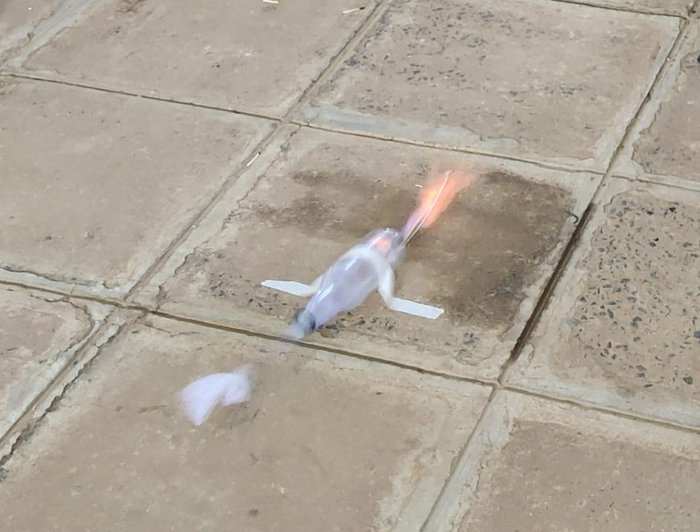

Connecting Photosynthesis and Cellular Respiration:
The discussion about photosynthesis and cellular respiration being reverse processes that depend on each other was crucial for understanding the interconnectedness of these biological processes.
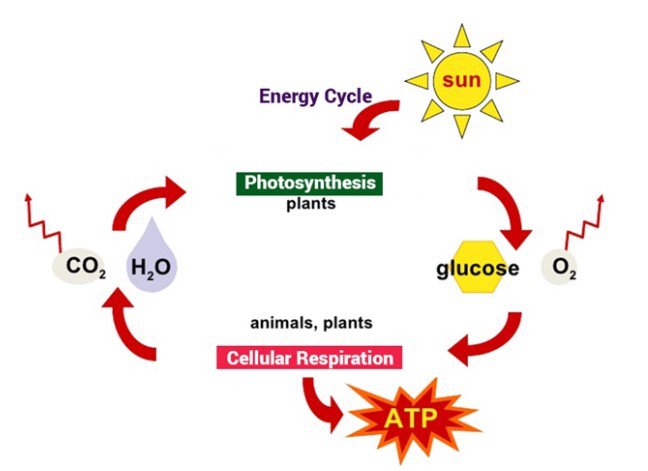
This relationship is fundamental to the balance of oxygen and carbon dioxide levels in the atmosphere and in maintaining life on Earth.






